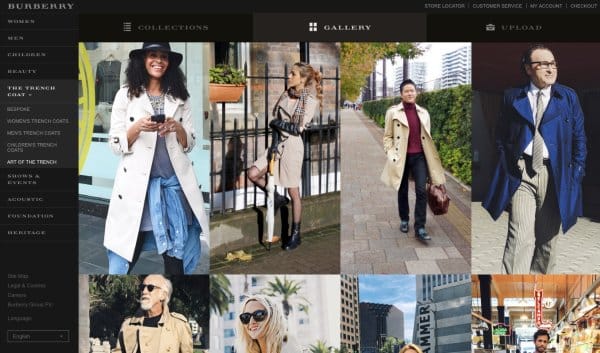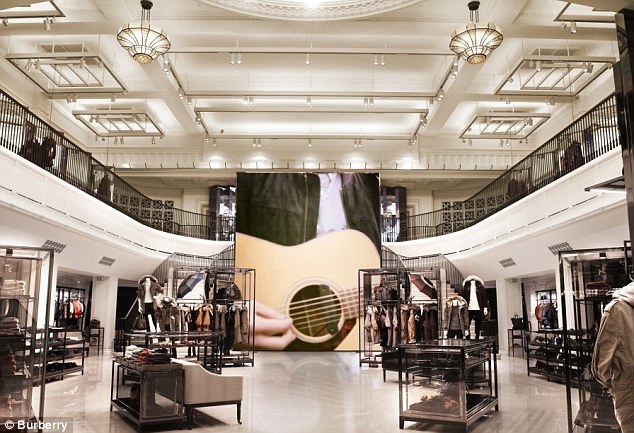It’s not news to say that technology has changed the way people shop. Online shopping is a booming economy, and giants like Amazon have reach incredible levels of revenue. It’s clear that tech is changing the in-store experience, but how?
Consumers expect engaging, informative, and efficient in-store experiences, just as they expect online. Some consumers are even beginning to treat stores as showrooms and then making purchasing decisions after, online. These demands are putting high pressures on brick-and-mortars to make major fundamental changes in their business and design strategy.
The biggest advantage brick-and-mortar stores have over their online counterparts is the actual experience inside the store. So stores are looking to create excitement and inspiration, foster social engagement and offer unique experiences through design and interactive tools.
Take the LEGO Store’s display in Chicago, with a giant screen using Kinect technology to make potential shoppers into video game characters. This interactive game reinforces LEGO’s brand values and brings a digital experience to life. By putting these displays on the outside space of their store, it automatically intrigues shoppers who may not have stepped inside the LEGO store if left unprompted. Street displays are nothing new to the in-store experience, but these digital displays have elevated that idea to a new level.
MOVE, the stylish Australian electronic concept store added a Tint to their store for consumers to see a live feed of reviews and social engagement while in the physical brick-and-mortar store. They were able to fuse the digital experience with the in-store experience, giving their customers the best of both worlds.

In London, Burberry has created a progressive brick-and-mortar shop with full-length screens transporting the store into the digital realm. The screens transition throughout the day between audio-visual content displays, live-streaming hubs and mirrors. Radio-frequency identification allow the fitting room screens to give additional information about store items, from additional information about the making of an item to a run-way video how a dress was worn during Fashion Week.
This is a space that’s been played in by a lot of major brands, and it will be interesting to continue to track and watch how stores adapt to our ever evolving digital world.
What are other ways you know of how brands are transforming the in-store experience?



![Give Your Audience a New Perspective With UGC + DAM Webinar with Widen [Summary, Slides, and Recording]](https://www.tintup.com/blog/wp-content/uploads/Screen-Shot-2018-09-14-at-1.52.14-PM.png)

